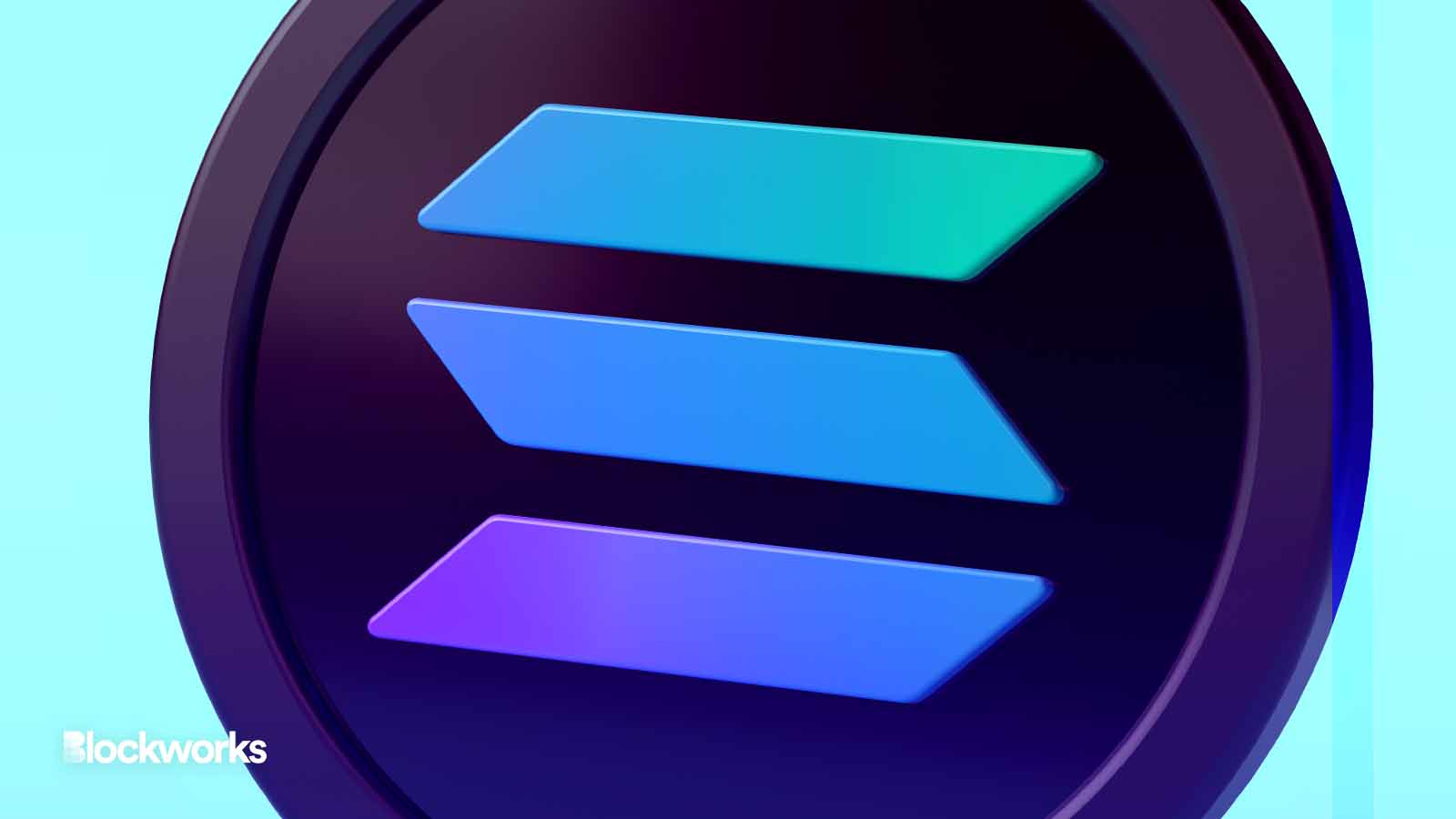The driving force behind blockchain adoption

[gpt3]rewrite
The blockchain industry is among the fastest growing industries, with a staggering annual growth rate of 56.3%. While the blockchain market is poised to be worth $163.83 billion by 2029, there are several significant obstacles to integrating the technology. The biggest is mass adoption. Now, what is preventing mass adoption of the technology despite the crazy hype surrounding it?
Lack of awareness would be an obvious answer. While mass blockchain adoption is inevitable, with 44% of the top 100 companies already using the technology, there are certain roadblocks delaying its imminence. These issues include lack of interoperability, transaction limits, and network congestion. Lack of scalability is a major challenge with the blockchain trilemma that prevents companies from embracing the technology with open arms.
Besides the blockchain trilemma, which leaves innovators with a scalability challenge, the transparent regulatory guidelines of different countries add to the challenge. As blockchain companies and innovators rush to find the answer to the blockchain trilemma, masternodes are emerging as a potential solution.
What are Masternodes and how do they solve the problem?
Masternodes increase trust in transactions by verifying new blocks that are added to the blockchain. They perform different roles, including governance, management and regulatory roles, depending on the blockchain network they participate in. The origin of masternodes dates back to 2014 when a developer named Evan Duffield came up with the idea of adding a second layer to mining. Thus, masternodes have a role to play wherever there is a DAO (Decentralized Autonomous Organization). In fact, Duffield used the concept to implement a decentralized governance system and a process of voting between the parties. Eventually, the concept of DAOs was born.
How do Masternodes work?
Master nodes act as extended servers, just like regular nodes, enabling scalability to offload the existing network. They use the proof-of-stake (PoS) consensus protocol, which enables masternode owners to establish a node through stake. However, there are some masternodes that use the proof-of-work (PoW) consensus mechanism. MPower is an example of a protocol that uses the PoW mechanism.
Nodes vs Masternodes
Masternodes play a unique role in the infrastructure of cryptocurrencies such as Bitcoin. Unlike regular nodes, masternodes do not add new blocks to the blockchain, but rather confirm each block that is added. In addition, master nodes have special roles in governance and management. However, to become a masternode operator one must own a certain amount of cryptocurrency as part of a security-based system. As compensation for their work, masternode operators typically receive a percentage of their stake on a regular basis.
How Crypto Startups Use Masternodes for Scalability
Morpheus.Network, a blockchain-powered middleware platform for supply chain management, has decided to set up masternodes to increase trust in supply chain transactions. The need to set up masternodes was felt due to increased use of Morpheus.Network’s solutions by corporate customers globally. The platform has been involved in several Enterprise partnerships with leading industrial customers and partners such as Gulftainer, Federated Coop and Coca-Cola. In addition, the ever-growing partnerships with public organizations such as SENASA in Argentina require a more powerful and easily scalable network for Morpheus.Networks SaaS to be implemented on a global scale. Thus. masternodes are directly linked to the extension of the Morpheus.Network architecture.
As trillions of dollars worth of goods are transported around the world and involve multiple intermediaries, establishing trust in logistics becomes critical to increasing transparency. The Masternodes solution offers a unique approach by creating a digital twin of the supply chain data. This data is then validated by masternode validators to pass through a layer of trust. Masternodes ensure that all authorized stakeholders can access the trusted data validated by the operators. This lays the foundation for a secure and transparent global logistics network, which is in line with Morpheus.Network’s goals.
The way forward
Many cryptocurrency companies leverage masternodes to achieve scalability, improve decentralization, and promote trust in transactions. Prominent crypto projects such as ION, DAS, Syscoin, Polygon and FLUX are among those reaping the benefits of masternodes in the crypto ecosystem. With the growing adoption of Morpheus.Network’s middleware, masternodes are poised to become an integral part of the blockchain in the supply chain industry. It is clear that masternodes will play a central role in driving the widespread use of blockchain technology across various sectors.
If you are someone who is extremely passionate about blockchain technology, you can contribute to a decentralized future and transform the global supply chain by running a Morpheus.Network TrustMNW masternode:
Image by Gerd Altmann from Pixabay
[gpt3]

























